Chances are you’ve developed a natural hair care regime that you use on your hair on a daily or weekly basis. If you’ve yet to do this, now is the time. Feel free to read our tips on A Simple Natural Hair Regimen for Beginners. Yet, one thing worth noting when creating this routine is that it won’t stay consistent year-round.
Your hair will change depending on the weather. In certain seasons, your hair is more vulnerable to becoming damaged, fried, and dehydrated from increased sun exposure and changing moisture in the air.
As we head into spring and summer (warmer months in the Northern Hemisphere), you’ll need to adjust your hair care regime accordingly. Use the tips above to care for your natural hair over the next 6 months.
1. Get a trim to start fresh
Winter isn’t an easy season on hair. During this time, natural hair is prone to damage. The winter air dries out your hair, which makes it weaker over time. Both the low moisture in the air as well as the humidity impact its hydration. Even if you’ve been caring for your hair in the winter and doing your best to add moisture back into it, you should plan to get a trim before heading into spring.
Freeing your hair from any damage, breakage, or split ends will help revive your hair. This fresh start will help you continue to keep your hair healthy. Hair thrives when you cut off those dead ends regularly. Some people hesitate to do this when they’re trying to prioritize their length, but keeping dead ends around doesn’t truly show off your beautiful hair.
2. Use a clarifying shampoo after outdoor activities
When spring and summer approach, most people start spending more time outside. The weather improves and people are excited to exercise, swim, hike, ride bikes, or enjoy nature in an external environment. However, this also introduces more sweat and chemicals to the hair.
Following outdoor activities, make sure you’re adequately cleaning your scalp. A good clarifying shampoo can help wash away any dirt, grime, or harmful chemicals (such as chlorine).
And if you’re wondering why sweat would be so bad for your hair if your body makes it naturally, remember that sweat contains salt. Salt dries out your hair if it isn’t washed out regularly. When you’re trying to protect your hair’s moisture, you don’t want to leave salt in it for days on end.
3. Try co-washing techniques
Some people want to make sure their hair is clean, but washing with a clarifying shampoo or a normal shampoo too often just leaves their hair too dry. If this is you, then you should consider introducing a co-wash to your hair care regime.
A co-wash is a conditioning cleanser that helps to remove dirt, oil, and build-up from hair without stripping away the natural oils that your hair contains. If you’ve never tried a co-wash before, spring and summer can be one of the best times to do so. Co-washing is highly beneficial during warmer weather because co-washing has more conditioning properties and prioritizes moisture.
This spring, trade in your traditional shampoo for a co-wash to see how it works for you. You may find that it helps to clean your hair and scalp without drying it out.
However, remember that co-washes don’t work for everyone. Here are three signs that it may NOT be working.
- You have white residue on your scalp after using a co-wash
- This is a result of buildup on your scalp
- Your hair feels drier throughout the day
- This is likely due to product build-up on your strands
- Your hair feels limp and spongy
- This is a result of over-moisturizing your hair (yes, that’s possible to do!)
4. Use a leave-in with SPF
Did you know that using SPF on your scalp and hair can be just as important as using it on your skin? Most people know by now that sunscreen is an important step in a skincare routine, but they don’t realize it’s also an integral part of hair care.
As spring and summer approach, the sun will begin to re-emerge. Using products with SPF will allow you to prevent damage to your scalp and hair. UV rays can strip hair of its natural moisture and prompt it to appear dry and dull.
There’s now a long list of products that contain SPF, including rinse-out shampoos and conditioners as well as leave-in conditioners. We recommend using a leave-in conditioner with SPF because it’s easy to reapply to your hair every few hours when you’ll be in the sun frequently. Just like sunscreen, SPF must be reapplied to hair, and that won’t be easy to do if you’re using a rinse-out shampoo or conditioner every few days.
So, grab a leave-in product that you can leave in your car or beach bag. You’ll always be prepared to protect your hair.
5. Understand the purpose of natural humectants
Natural humectants like honey, castor oil, and glycerin help restore moisture to dry hair by attracting moisture from the atmosphere. In humid places, this can be helpful. However, in hot and dry places (think desert environments like Arizona), they can work in reverse.
A desert offers little to no humidity. So, a humectant can actually strip your hair of the necessary moisture by adding them to the surrounding environment instead. If you’re living in a drier climate, consider skipping products with humectants and instead investing in creamy, moisturizing products with an oil base. The oil base will help to seal in the moisture that your hair is lacking.
6. Avoid heat styling when possible
Heat styling is drying to natural hair. When you combine this with all of the other drying effects of the weather in spring and summer, it can severely damage your hair and affect its health.
Use spring and summer to experiment with protective styles that don’t require the use of heat. If you need ideas, check out the following blogs:
- Crochet Braids: One of the Most Versatile and Protective Styling Methods
- Steps to Maintaining and Moisturizing Locs and Protective Styles
- 10 Protective Hairstyles for Sleeping
When you absolutely must use heat styling, make sure you use a quality heat protectant.
7. Prioritize moisture
If you haven’t yet realized, moisture is critically important as warmer weather emerges. Spring and summer weather makes it easy for your body to become dehydrated and your scalp and hair to dry out. Here are some helpful tips to help you prioritize moisture in all parts of your life.
- Drink plenty of water throughout the day
- Eat moisture-rich foods
- Ex: Cucumber, apples, lettuce, celery, watermelon, peaches
- Avoid fried, fatty foods that can leave your hair dry and dull
- Ex: Burgers, fries, pizza, potato chips, doughnuts
- Skip the daily shampoo
- Use a thick cream conditioner before taking a dip in the pool
- Avoid chemicals when taming frizzy hair
- Never skip conditioner when washing your hair
- Look for gentle and hydrating ingredients
- Ex: Aloe vera, argan oil, etc.
If you’re looking for some great moisturizing products as you head into spring and summer, here are some of our favorites:
- Intense Moisture Bamboo and Coconut Milk Strengthening Leave-in Conditioner
- Scalp Care Maximum Moisture Bundle
- Curly Curl Cream
8. Consider your diet
Above we talked about eating moisture-rich foods that can help keep your hair healthy and filled with moisture. Making sure your diet is filled with the right nutrients can go a long way for the health of your hair, skin, and nails. The following foods are rich in essential fatty acids like omega-3s. here are some of the foods that you should be eating as much as possible in your diet.
- Fish: salmon, tuna, mackerel, and other fatty fish
- Oils: Flaxseed oil, flaxseeds, chia seeds, canola oil
- Nuts: walnuts
- Soy: soybeans and tofu
- Cruciferous vegetables: broccoli, cauliflower, Brussels sprouts
Additionally, if you’re vegetarian or vegan, make sure you’re looking for ways to get vitamins B6, B12, and folic acid. These are often found in animal products, so you may not be getting enough of these nutrients day to day without eating intentionally.
9. Purge old hair products
As you reevaluate your hair care routine, don’t be afraid to do a little bit of spring cleaning when it comes to your hair care products. These products have a shelf life. They aren’t good forever! Here’s a quick list of ways to tell when your product has expired and it’s time to say goodbye:
- The product smells bad
- The product’s texture is no longer what it once was
- The product looks funny and it’s showing signs that it’s turned rancid
- The product expiration or “used by” date has passed
- The product is nearly used up
- The product no longer addresses your hair type or issues
Final Thoughts
Remember, if you already have a hair care regimen in place, you don’t necessarily need to overhaul it. Just take a step back and see how you can incorporate the tips above. This can help save your hair as we enter the hotter months of the year!
WRITE FOR US
Think you've got a fresh perspective that will challenge our readers to engage and educate themselves on how to attain a healthier self, hair and skin included? We're always looking for authors who can deliver quality articles and blog posts. Thousands of men and women will read your work, and you will level up in the process.
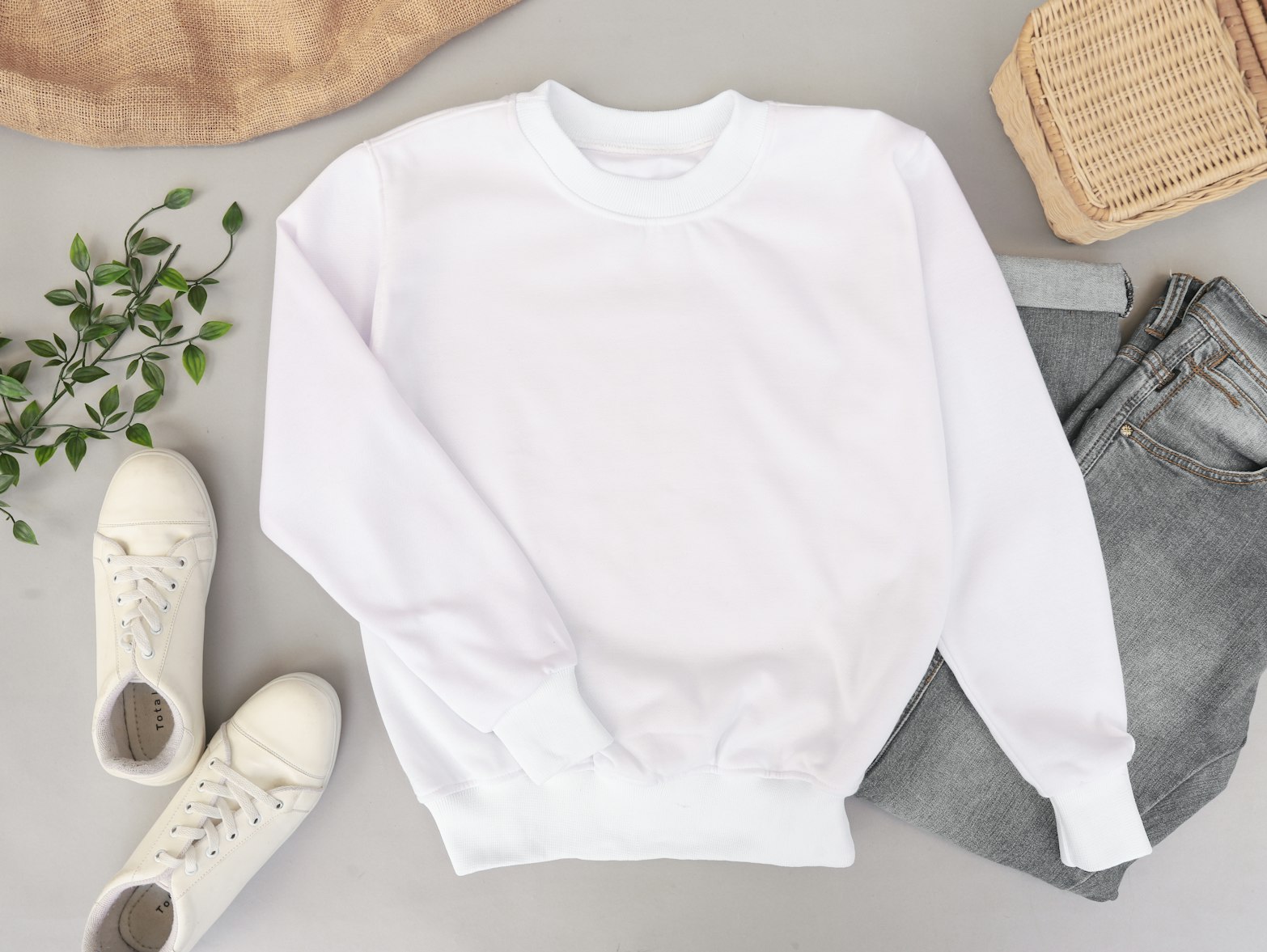
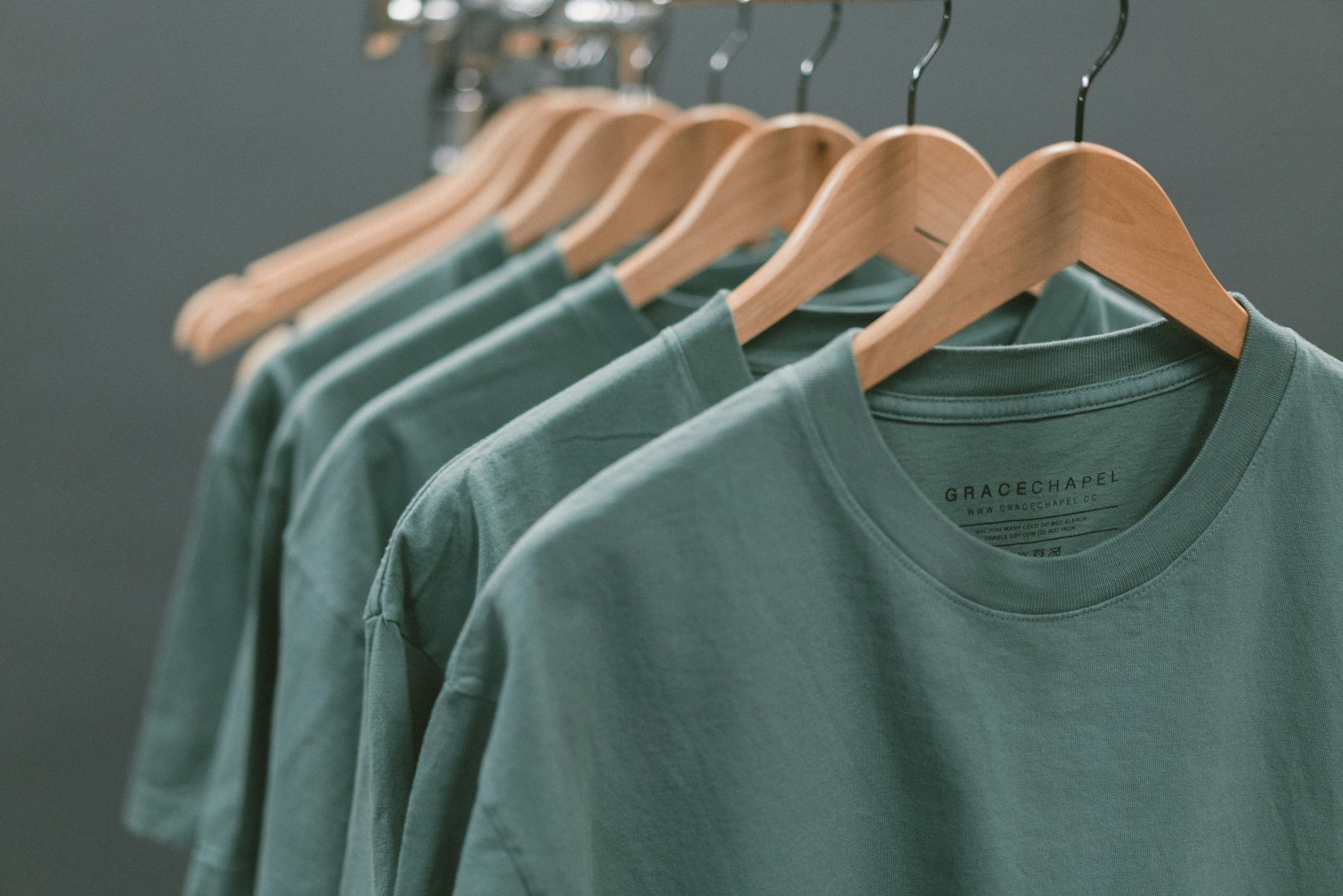
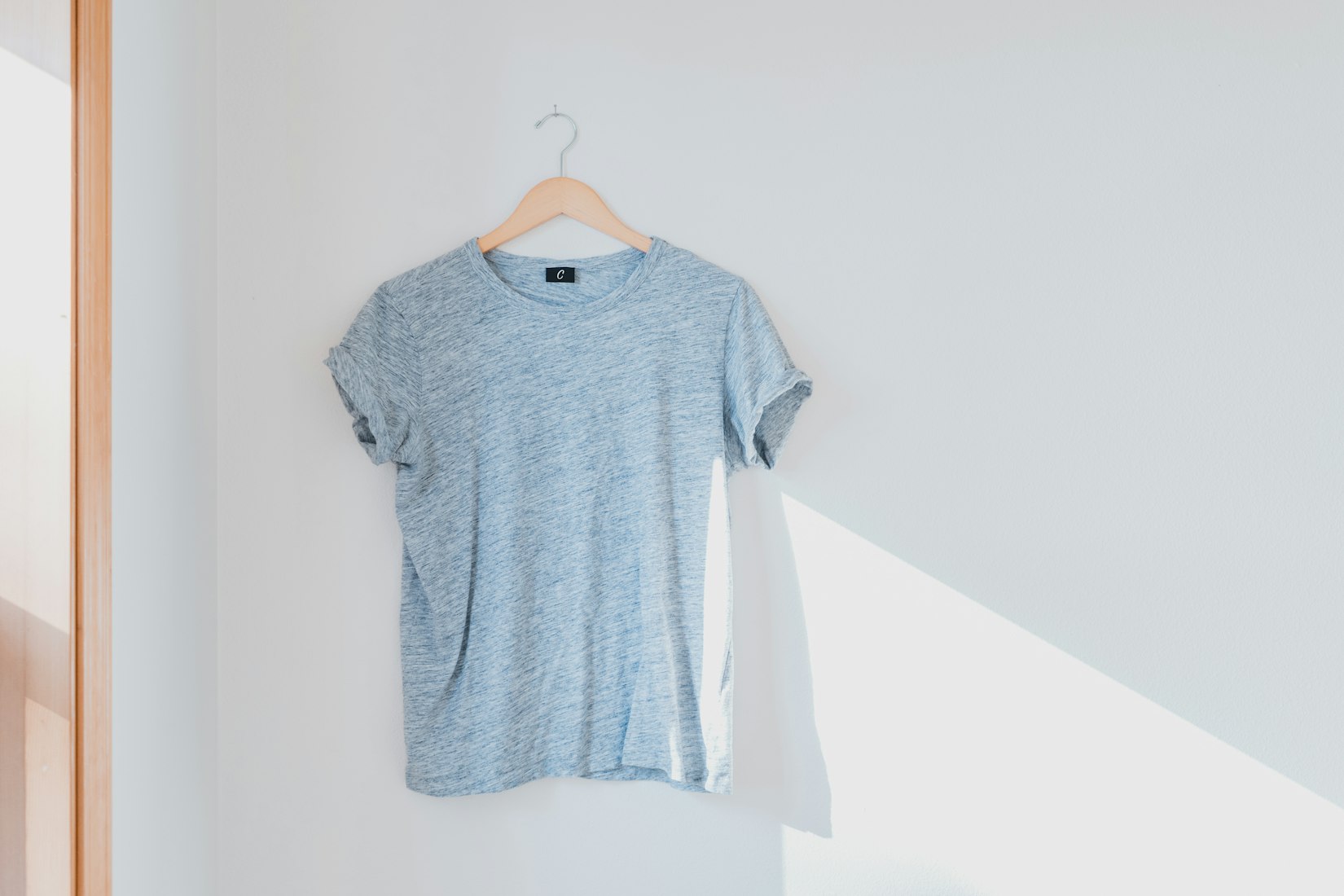
 English
English Arab
Arab
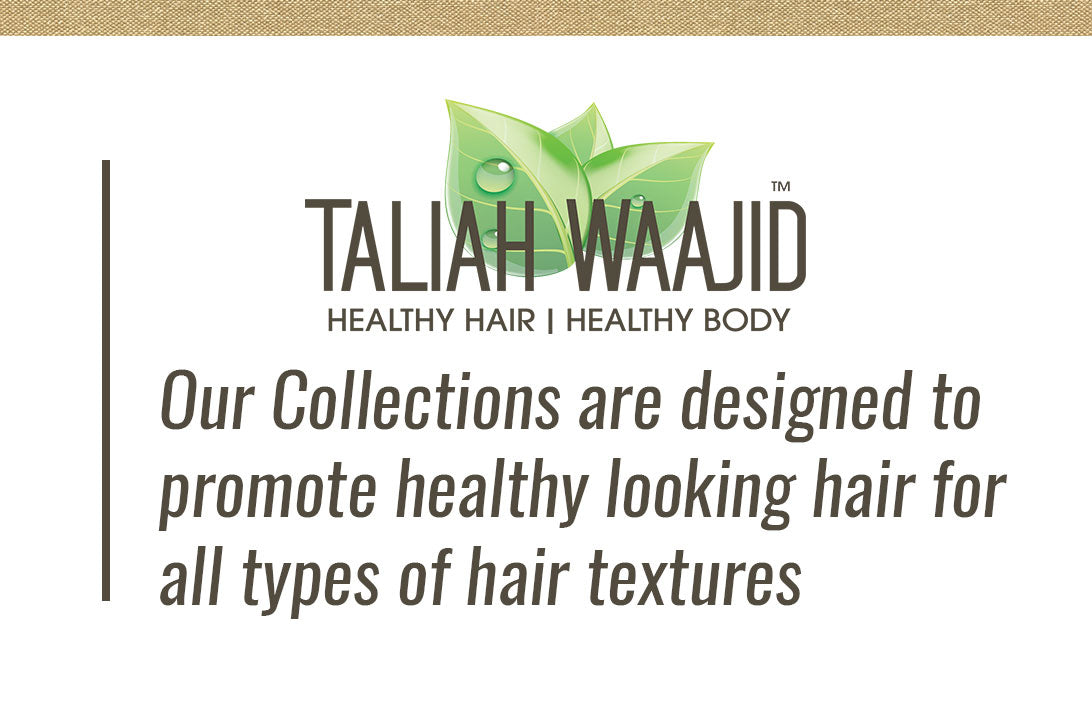
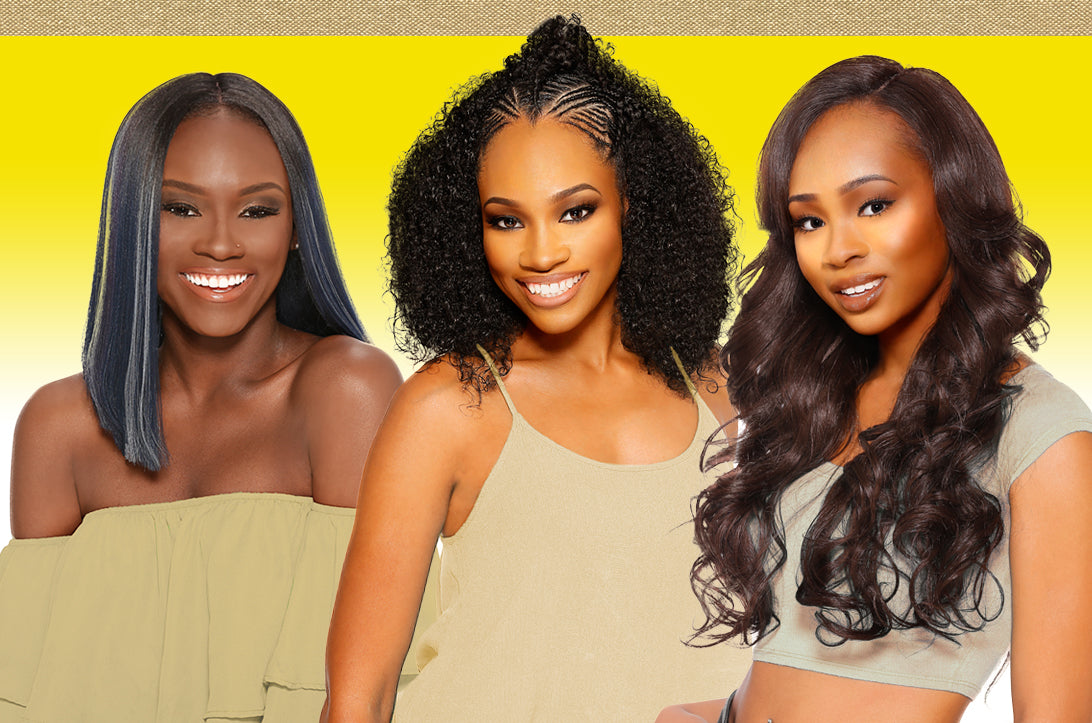







Natural products for fast hair growth